- 20 Marks
CR – Mar 2025 – L3 – Q5 – Financial and Sustainability Performance Analysis
Analyze Kyenku PLC's financial and sustainability performance over 2022-2024 using given metrics, compared to 2024 sector averages.
Question
a) As Financial Accountant of Kyenku PLC (Kyenku), you have received an email from the Chief Financial Officer (CFO) asking you to analyse and interpret the following key financial and nonfinancial metrics to assist prepare for an upcoming board meeting.
These metrics, which were autogenerated by Kyenku’s robotic technology-based tool, are available for the last three (3) years of Kyenku, along with comparable ones for the average firm for 2024.
| 2022 | 2023 | 2024 | Sector average 2024 | |
|---|---|---|---|---|
| Gross profit margin | 11.23% | 11.98% | 12.26% | 12.12% |
| Profit (before tax) margin | 4.41% | 4.53% | 3.49% | 4.38% |
| Return on capital employed | 4.00% | 3.62% | 3.62% | 4.07% |
| Accounts receivables period | 32 days | 35 days | 36 days | 36 days |
| Inventory turnover (in times) | 7.10 | 7.65 | 7.79 | 8.33 |
| Acid test ratio | 1.24 | 1.26 | 1.97 | 1.85 |
| Debt/debt+equity | 42.10% | 46.67% | 41.06% | 35.59% |
| Times interest earned | 2.34 | 2.55 | 2.46 | 3.03 |
| Basic and diluted earnings per share (pesewas) | 106 | 106 | 108 | 109 |
| Net operating cash flows to dividend payment ratio | 2.55 | (1.2) | 1.58 | 1.95 |
| Direct green-house gas emissions (in tonnes) | 50,800 | 61,000 | 61,600 | – |
| Number of manufacturing sites | 20 | 24 | 25 | – |
| Employee satisfaction score (out of total score of 5) | 3.9 | 4.5 | 4.4 | 4.1 |
| Female representation (all-employees) | 31% | 37% | 45.5% | 40.1% |
| Gender pay gap | 38.2% | 38.1% | 40.0% | 41.4% |
Required:
Using the above metrics, produce a suitable response memo to offer a detailed assessment of Kyenku’s profitability, liquidity, efficiency, gearing and investment along with some comments on its sustainability performance, over the last three years and in relation to the sector average.
b) Bepong Company LTD has decided to close down a production facility as result of a significant environmental concerns.
Required:
Detail disclosures required of Bepong Company LTD as a result of managing its climate-related risk.
Find Related Questions by Tags, levels, etc.
- Tags: Climate-Related Risk, Corporate Reporting, Disclosures, IFRS S2, Sustainability Reporting
- Level: Level 3
- Topic: Sustainability Reporting
- Series: MAR 2025

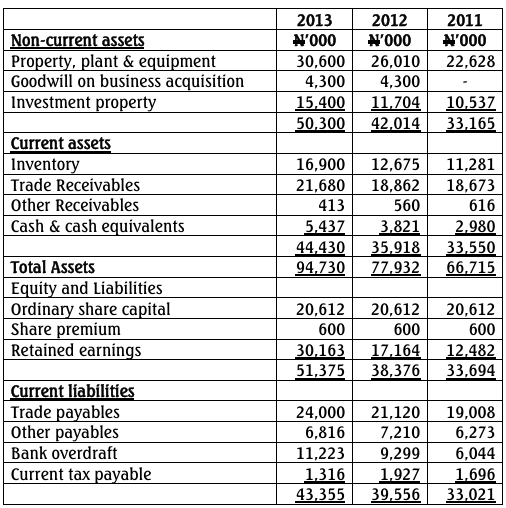
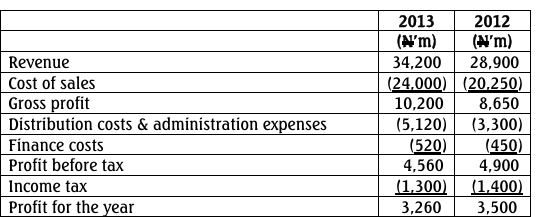
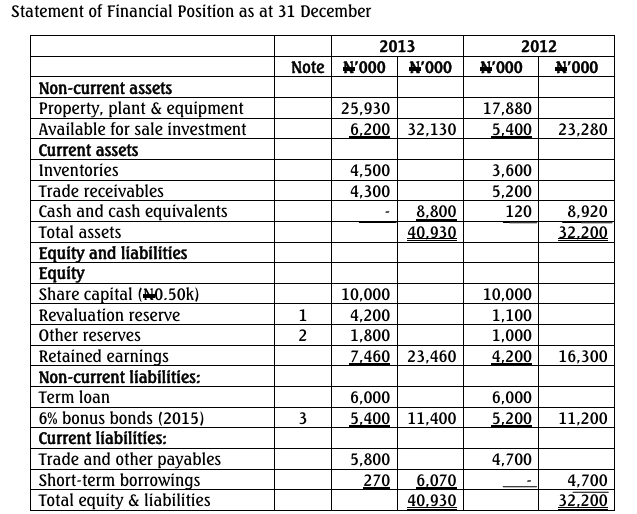
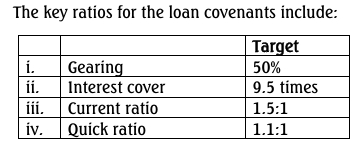
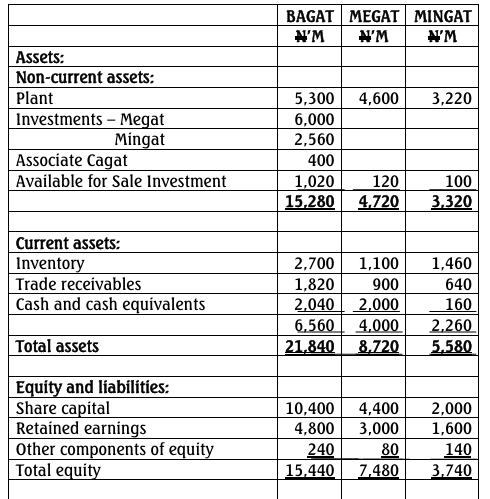
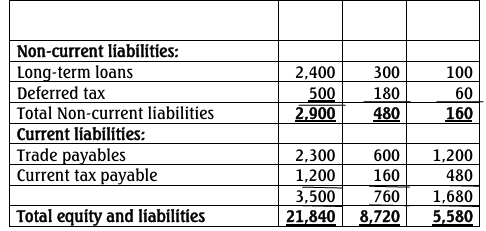

CR – Nov 2014 – L3 – SC – Q5 – Introduction to Corporate Reporting
Evaluate IFRS management commentary requirements and their relevance in financial reporting.
Critics of traditional corporate financial reporting under Generally Acceptable Accounting Practice (GAAP) argue that financial statements alone are not considered sufficient without a narrative that provides a context within which to interpret the financial position, financial performance, and cash flows of an entity.
A financial expert within the board of Abcon Kombe Plc, aware of the above criticism, has proposed that Abcon Kombe Plc should include in its financial statements, management commentary to satisfy the numerous analysts that use its annual reports.
Required:
(a) Advise the Board on FIVE elements of information which IFRS Practice Statement expects to be included in management commentaries to meet its objectives. (5 Marks)
(b) Relate the FIVE elements of information above to the needs of the various primary users. (7 Marks)
(c) Justify why management commentaries should be made compulsory in Nigeria’s financial reporting environment. (3 Marks)
Login or create a free account to see answers
Find Related Questions by Tags, levels, etc.
You're reporting an error for "CR – Nov 2014 – L3 – SC – Q5 – Introduction to Corporate Reporting"